Have you ever met a dog that looks like a teddy bear but turns out to be a little firecracker? Or maybe you’ve watched a sweet-faced pup at the park suddenly turn the playdate upside down? If you love dogs as much as I do, you know they’re as individual as people—sometimes more! But here’s the thing: some breeds have a reputation for being gentle or goofy, yet they pack a surprising punch when it comes to potential risk. It’s not about blaming the breed, but about understanding what’s beneath the fluff and wagging tails. Let’s pull back the curtain on these 12 breeds that might surprise you with their hidden challenges. Because loving dogs means knowing them, inside and out.
1. Chow Chow: The Lion in Sheep’s Clothing
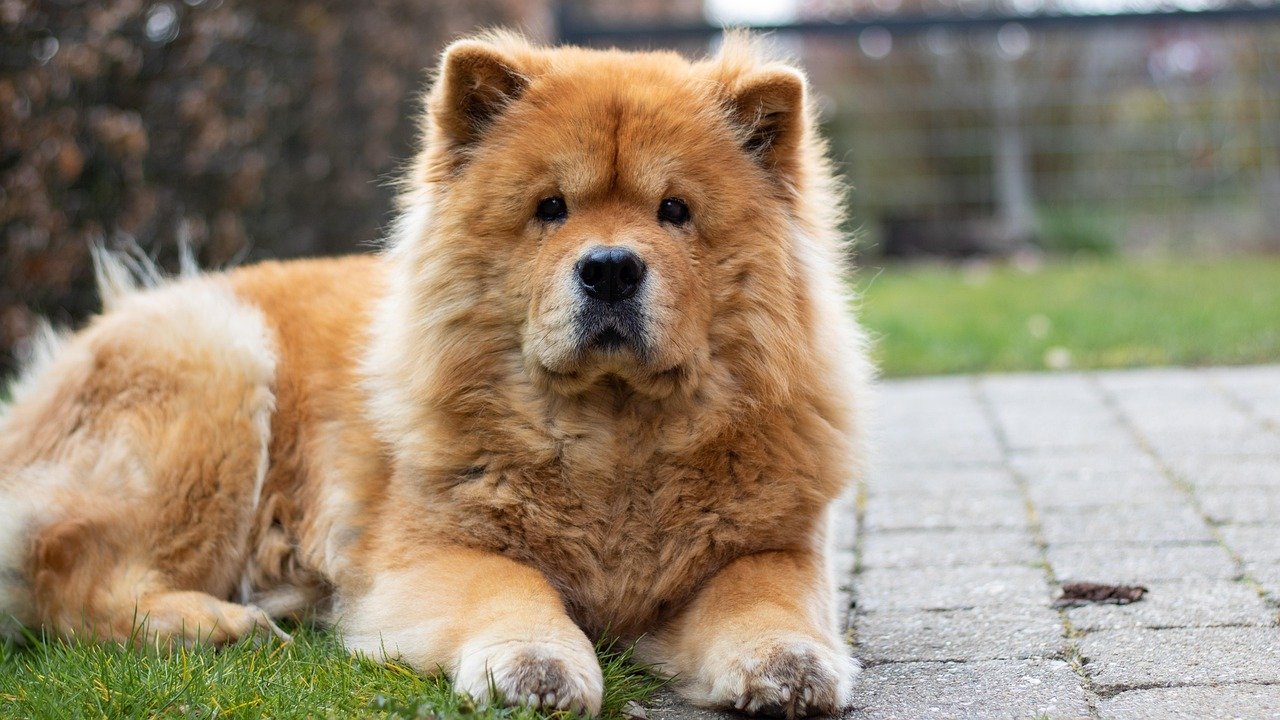
At first glance, a Chow Chow looks like a walking stuffed animal with its big mane and soulful eyes. But don’t let the cuddly looks fool you—Chows are fiercely loyal and can be highly territorial. They were bred as guard dogs, and their protective instincts run deep, sometimes leading to aggressive behavior if not properly socialized.
You’ll notice a Chow Chow’s warning signs through stiff body posture and an intense, unblinking stare. They’re not always quick to bite, but they’ll make it clear when they’ve had enough. Early positive training, lots of socialization, and respect for their space are key to keeping everyone safe and happy.
2. Dalmatian: Spotted and Spirited
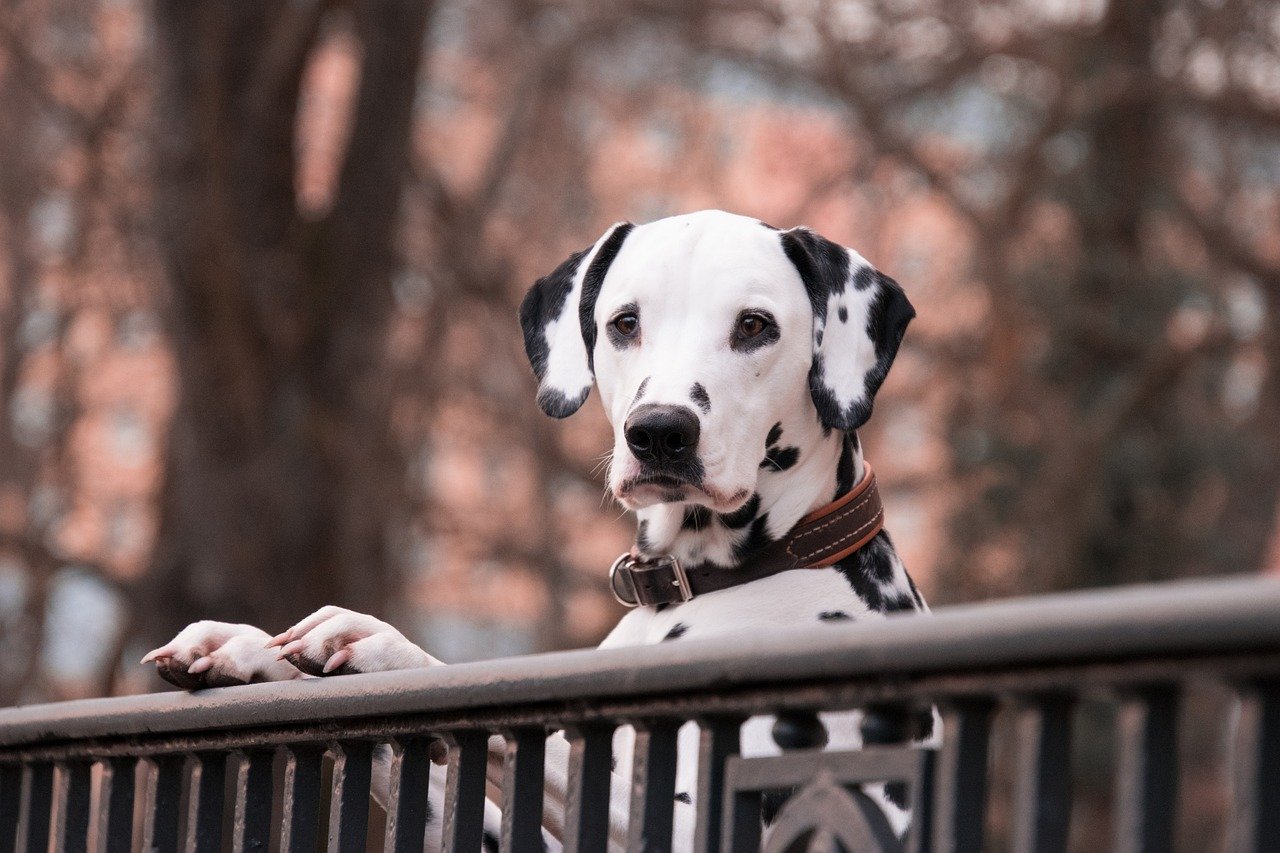
You might remember Dalmatians from movies as playful, energetic companions. The reality? These dogs are athletic, intelligent, and sometimes stubborn. Without enough mental and physical stimulation, they can become frustrated and even snappy.
Dalmatians are prone to resource guarding and may nip when startled. Watch for signs like pacing, excessive barking, or guarding toys. A tired Dalmatian is a happy Dalmatian, so keep them busy with games, training, and regular walks. Families with small children should supervise interactions closely.
3. Jack Russell Terrier: Tiny Tornado
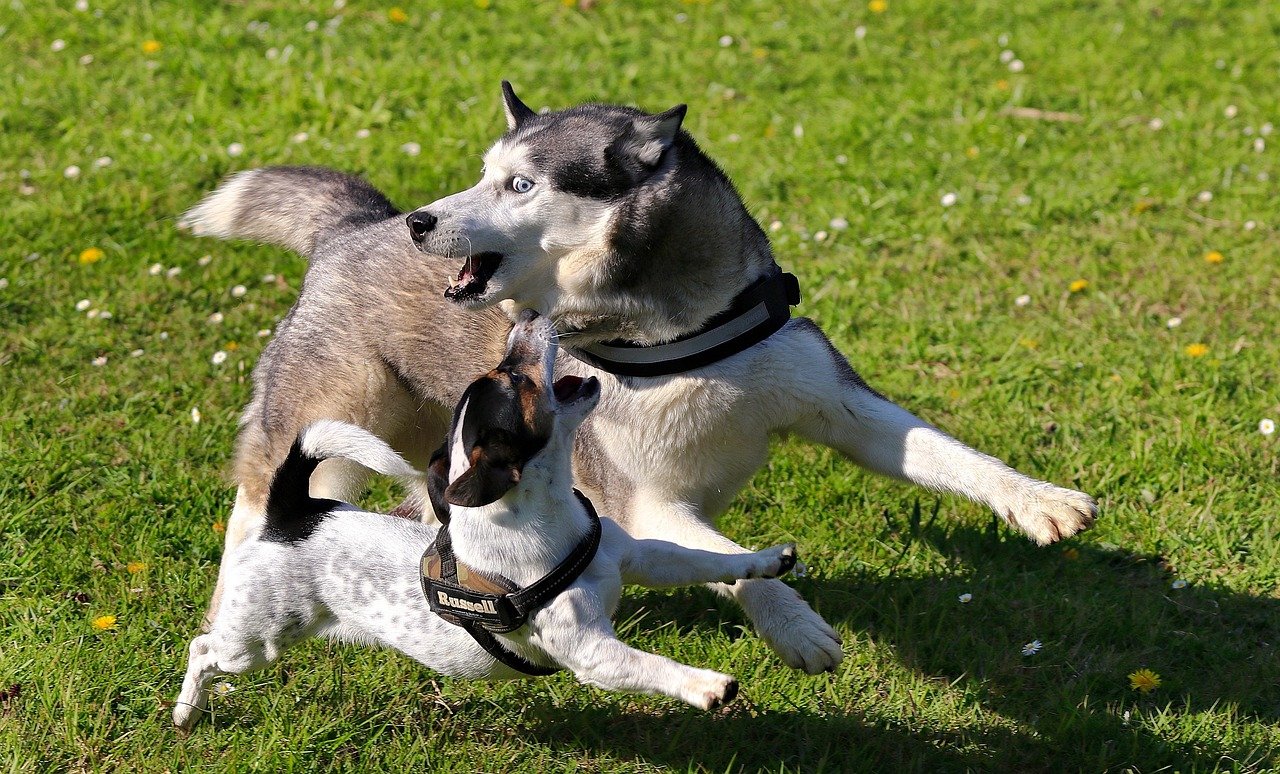
The Jack Russell Terrier is a bundle of boundless energy, and don’t let the small size trick you—they’re all muscle and determination. Originally bred for hunting, they have a strong prey drive and a mind of their own.
If your Jack Russell starts digging up the backyard or snapping at heels, it’s a sign they need more engagement. They thrive on tasks and challenges, so puzzle toys and agility courses are your best friends. Teach kids to respect their space, and never leave them unsupervised with smaller pets.
4. Akita: Silent Strength
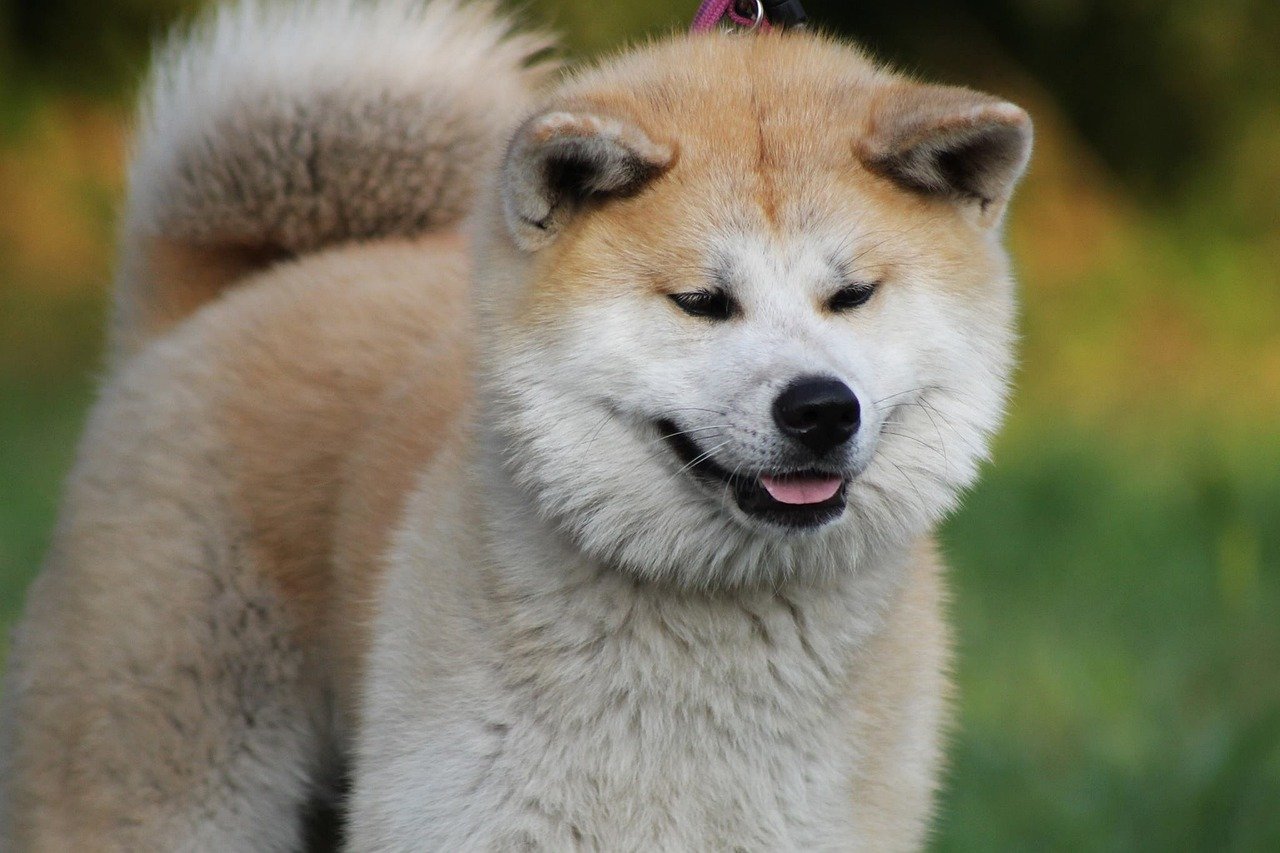
Akitas carry themselves with calm dignity, almost like canine samurai. But beneath their composed exterior lies a strong protective streak, especially towards their family. They’re not always fond of strangers or other dogs.
Look for subtle cues—like a stiff tail or a low growl—if your Akita feels threatened. Consistent training, early socialization, and clear boundaries are essential. Don’t be afraid to seek professional help if your Akita starts showing signs of resource guarding or possessiveness.
5. Siberian Husky: The Houdini Athlete
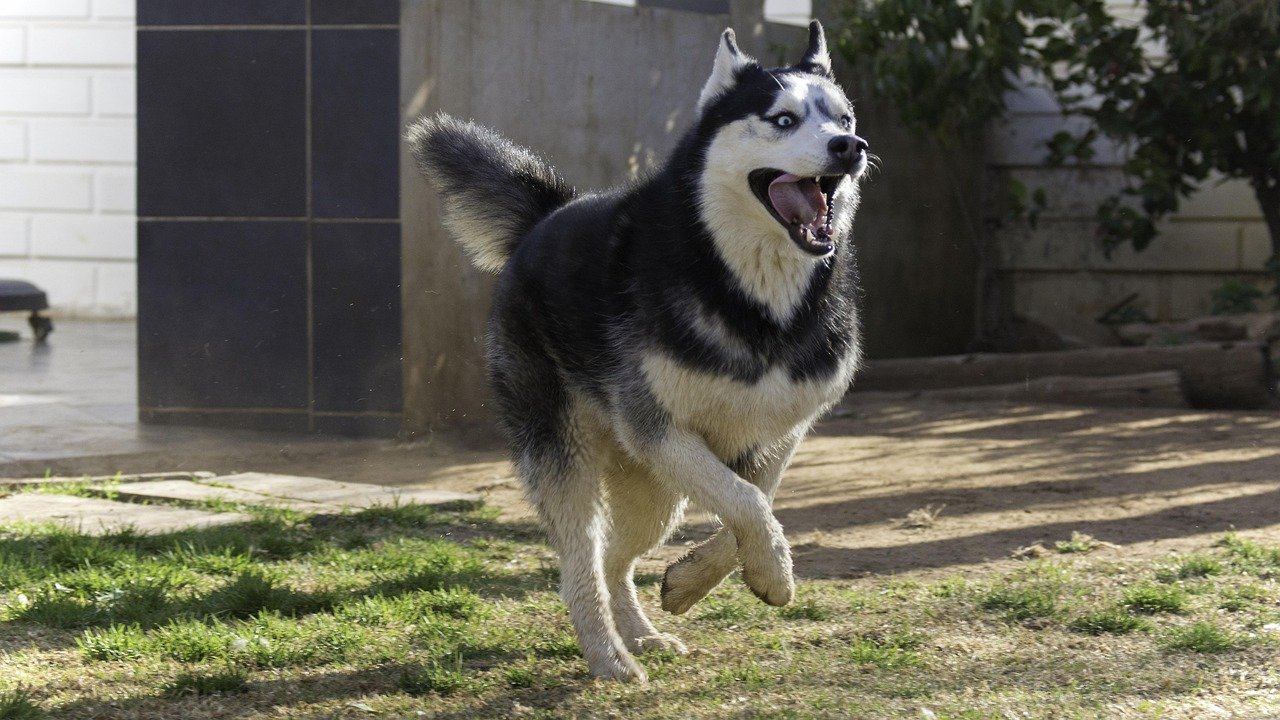
Huskies are beautiful and playful, but they’re also escape artists with a stubborn streak. Their pack mentality means they can be possessive, and their high energy sometimes translates to destructive behavior if they get bored.
If your Husky starts howling, digging, or chewing through furniture, it’s a red flag for pent-up energy. Daily runs, mental challenges, and secure fencing are a must. These dogs need a job to do, or they’ll create one—often at your expense!
6. Australian Cattle Dog: The Canny Herder
Australian Cattle Dogs, also known as Blue Heelers, are whip-smart and bred for hard work. Their intelligence can be both a blessing and a curse; without enough to do, they can become bossy, nippy, or even aggressive.
Notice if your Heeler starts herding children or nipping at ankles—that’s their instinct kicking in. Keep them focused with training, sports, or herding games. They’re happiest when their brains and bodies are both tired by sunset.
7. Shar Pei: Wrinkled But Wary
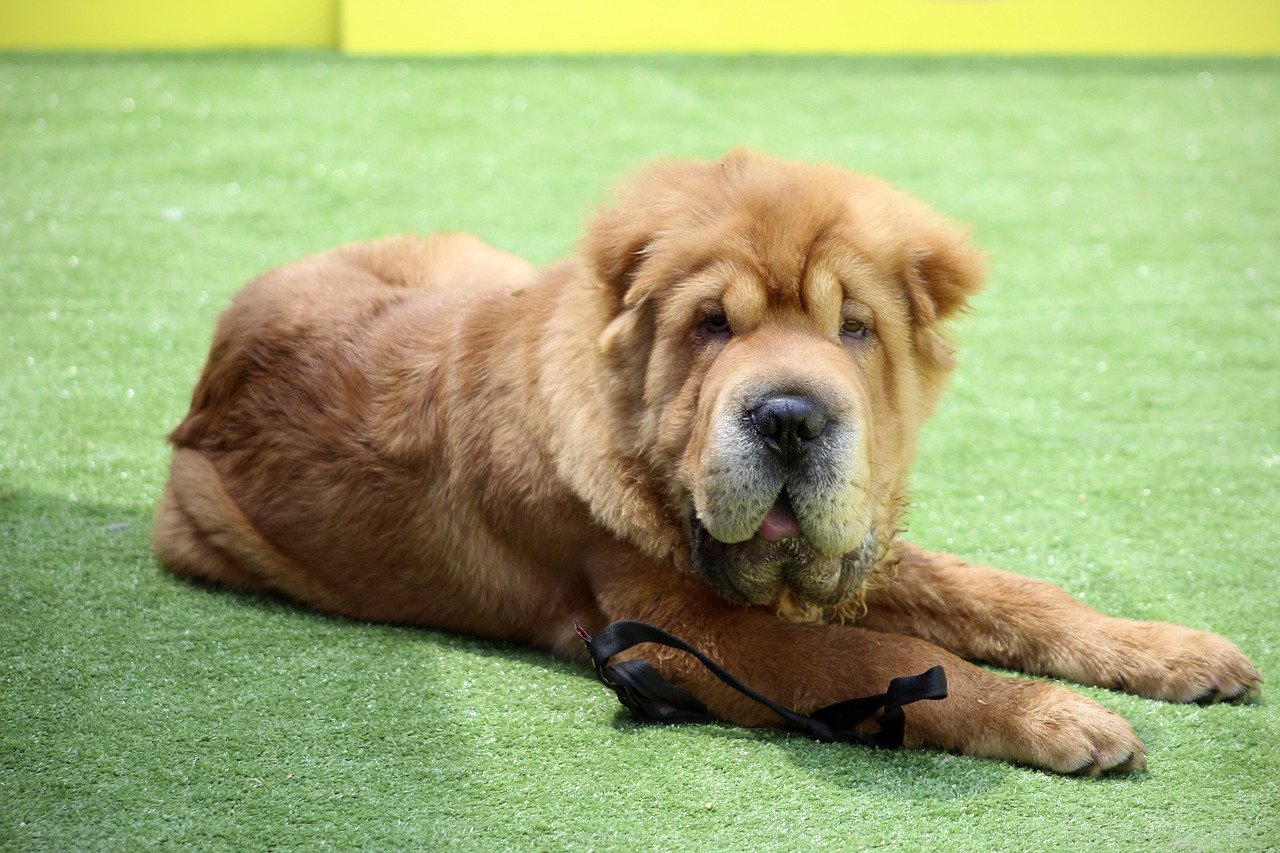
Those adorable wrinkles hide a sharp mind and a bold spirit. Shar Peis tend to be standoffish with strangers and protective of their home turf. They’re not usually aggressive without reason, but they don’t back down easily.
Watch for signs of discomfort, like lip licking or a tense body. Socialize your Shar Pei early and often, and always approach new situations slowly. Respect their boundaries, and you’ll earn their deep loyalty.
8. American Bulldog: The Gentle Bruiser
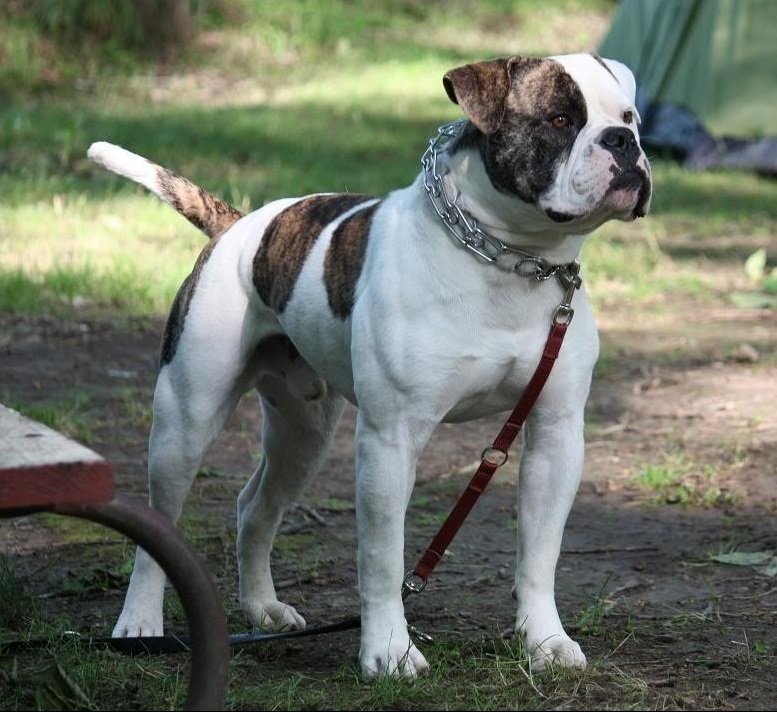
Stocky and strong, American Bulldogs are often misunderstood. They’re affectionate with family but can be wary of newcomers. Their sheer strength means even a playful nudge can knock over a toddler.
If your Bulldog starts growling over food or toys, it’s time for clear training and structure. Teach everyone in the home—kids included—the signs of stress, like whale eye or tucked tails. Proper socialization from puppyhood will help channel their natural confidence.
9. Weimaraner: The Silver Shadow
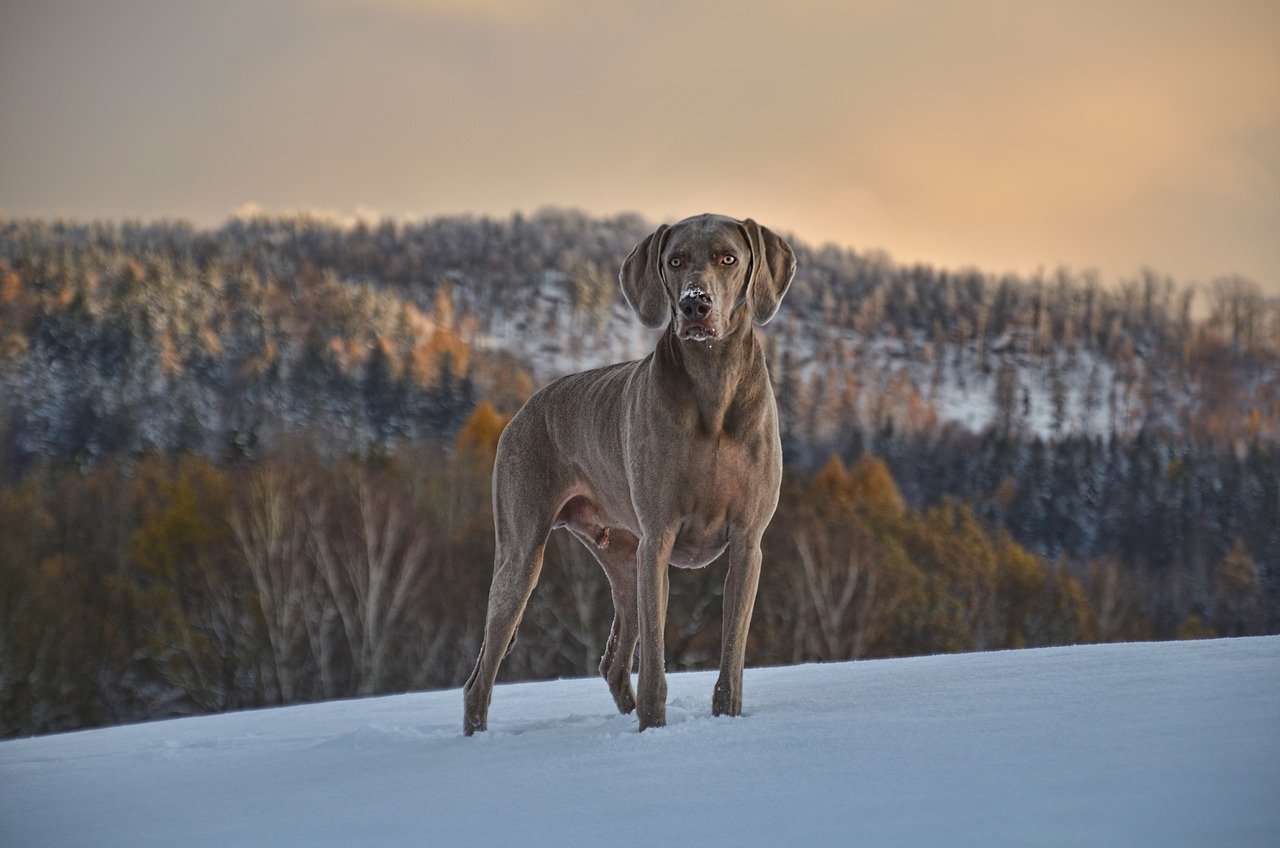
With their sleek coats and soulful eyes, Weimaraners are stunning. But they’re also high-strung and deeply attached to their people. Separation anxiety can fuel destructive or even aggressive behaviors if left unchecked.
Signs like pacing, barking, or chewing are your cue to add more exercise and mental stimulation. Crate training and gradual alone-time practice work wonders. A tired Weimaraner is a well-behaved one, so think long hikes and challenging games.
10. Saint Bernard: Gentle Giant or Unwitting Bulldozer?
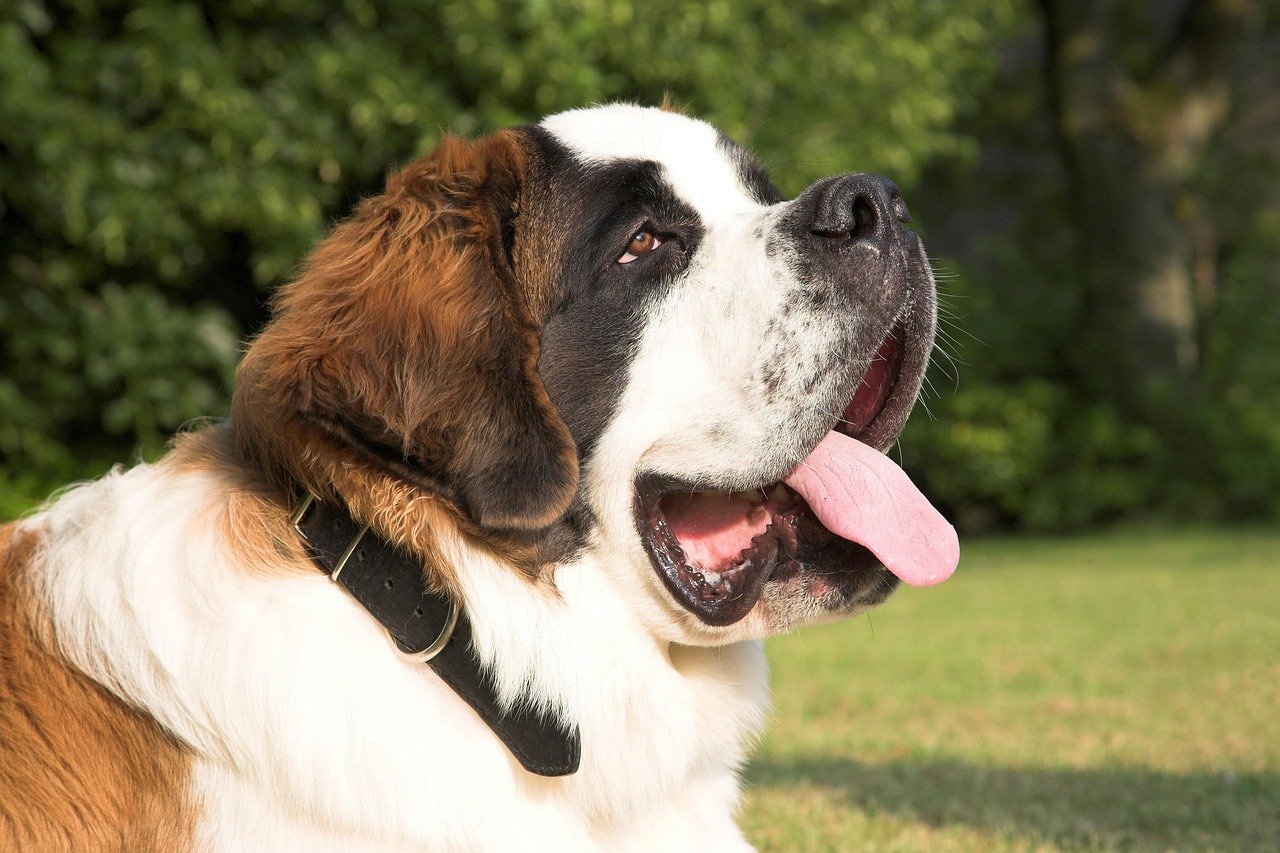
Saint Bernards are famous for their gentle disposition, but their size alone can make them accidentally dangerous. Excitement or stress can lead to knocking things—or people—over, and their protective instincts may surprise you.
If your Saint Bernard gets overly excited or jumps up, reinforce calm greetings and polite manners. Early obedience classes help channel their energy and teach them how to use their size gently. Always supervise play with small kids.
11. Belgian Malinois: The Driven Dynamo
Belgian Malinois are often used in police and military work for a reason—they’re smart, intense, and always on alert. But in a home, that same drive can lead to restlessness or even aggression if not managed properly.
Agitation, pacing, or snapping at fast movements are signs your Malinois needs more structure. Daily training, advanced obedience, and plenty of purposeful activity are non-negotiable. These dogs thrive when given a mission and lots of praise.
12. Cocker Spaniel: Sweet Face, Surprising Snap
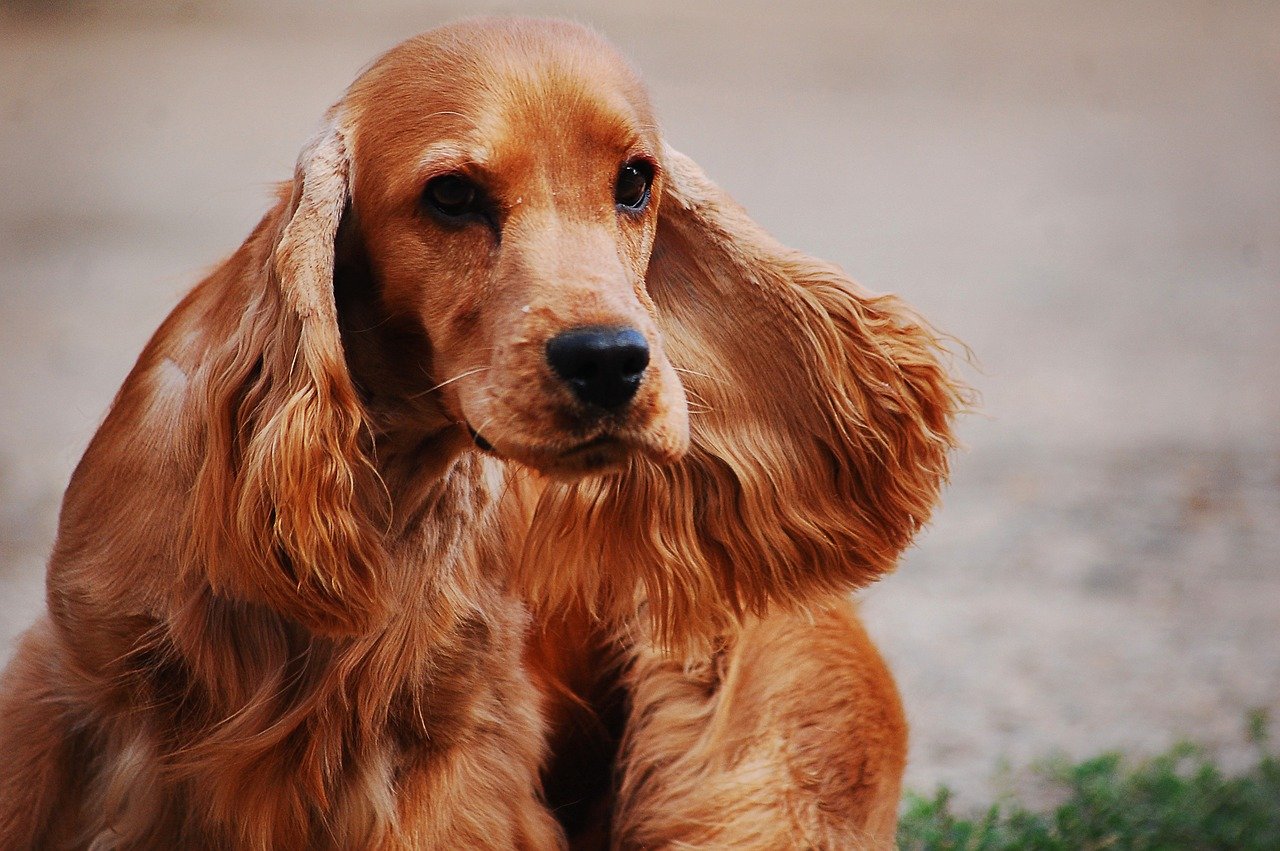
Don’t let the floppy ears and big eyes fool you—Cocker Spaniels are prone to sudden aggression, sometimes called “Cocker rage.” This can be triggered by fear, pain, or even excitement, and it often comes as a shock to unsuspecting owners.
Look for stiffening, snarling, or avoidance behaviors before an outburst. Regular vet checks can rule out pain, and positive reinforcement helps build trust. Gentle handling and setting clear boundaries will help your Cocker Spaniel feel secure.
The world of dogs is full of surprises—sometimes the sweetest-looking pup can have a hidden edge. Knowing what to look for, understanding their needs, and creating a safe environment makes all the difference. What breed surprised you the most?
Jen is a passionate nature lover and ocean conservationist. She has dedicated her life to protecting the environment and preserving the beauty of the natural world. Growing up in a small coastal town, Jen sincerely appreciated the ocean and its inhabitants. She has spent countless hours exploring the shoreline, learning about the creatures that inhabit the waters, and advocating for their protection. Jen is an active member of ocean conservation organizations, and she is committed to educating the public about the importance of conserving wildlife and the natural environment.






